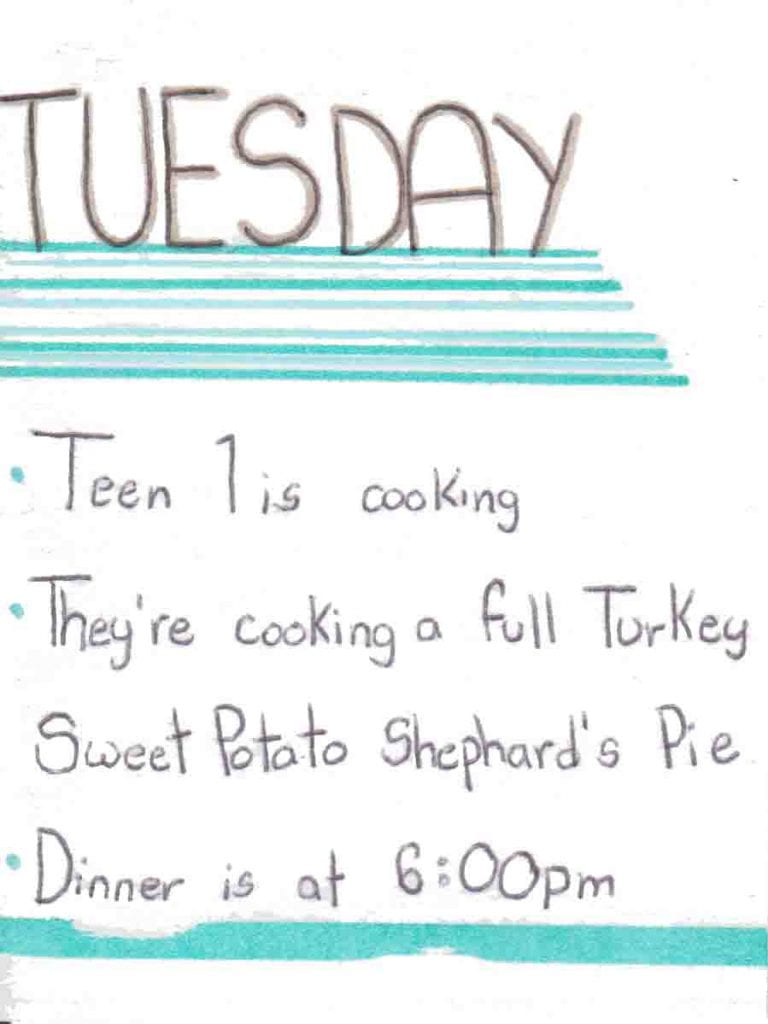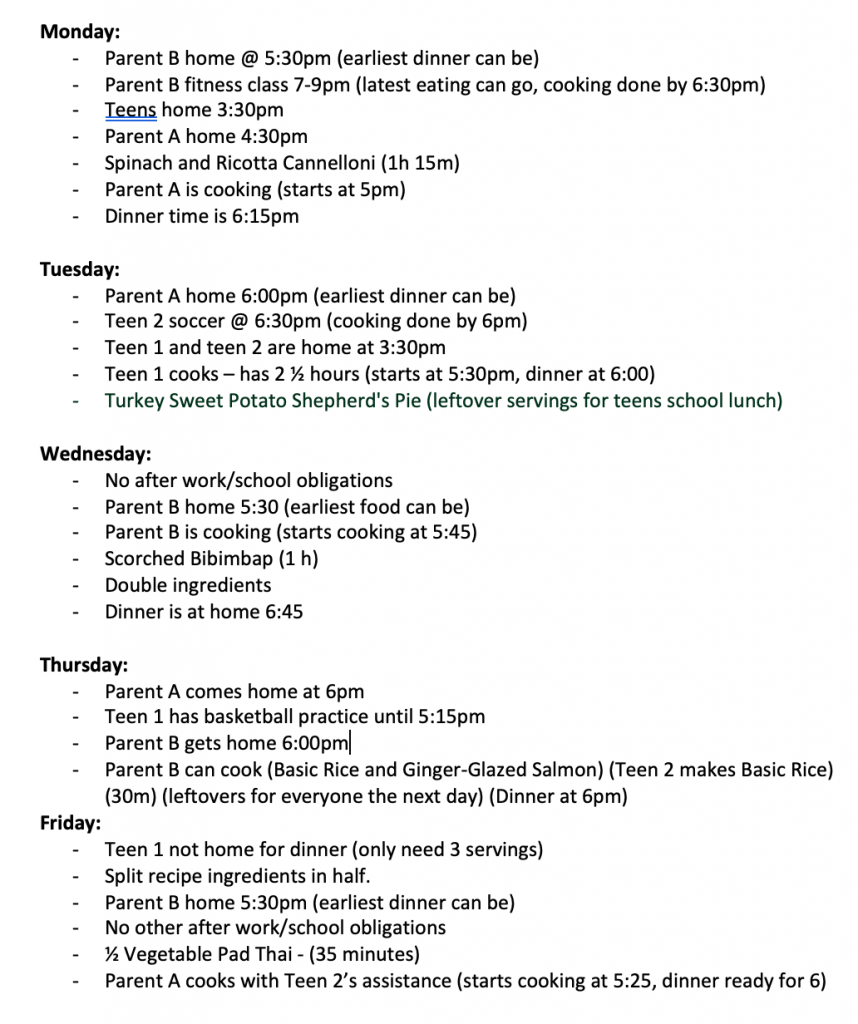To achieve a better understanding of characters within Arthur Miller’s “The Crucible”, this essay will explain the reasoning behind their actions. These characters behave in a manner which may confuse the reader, however, through use of Kohlberg’s moral perceptions one can understand why a character may act in a certain way. In examination of Kohlberg’s three perceptions, this essay will shed light to the motivations behind every individual. The three perceptions are pre-conventional, conventional, and post-conventional.
Within The Crucible, there are many pre-conventional characters. The term pre-conventional is defined as someone who behaves in a manner to avoid punishment or to receive personal benefit. To start, Reverend Parris is a pre-conventional character. He demonstrates how he is a pre-conventional character when he discovers a dagger at his door and he says “there is danger for me”. In the previous act, he had been eager to hang as many people as possible. In retaliation, the citizens of Salem threw a dagger at his door as a warning. In fear, he requests to postpone the Salem hangings, but is denied. His fear and greed exhibit how he attempts to avoid the punishment of death, illustrating how he is a pre-conventional character. Another character that behaves in a way to avoid punishment is Tituba. After being tortured for a confession to working for the devil, she eventually lies and says she “[doesn’t] desire to work for [the devil]”. Tituba was unable to handle the torture and she lied. She had never worked with the devil before, but Parris wouldn’t believe her. She lied to get out of torture, showing how she is a pre-conventional character. The final pre-conventional character is Abigail. After the girls are discovered in the woods, Abigail lies and states that “no one was naked”. When the girls were dancing, they had started to dance with their clothes off, which sparked Parris to assume witchcraft after he found them. Abigail attempted to lie to Parris to get out of any trouble for attempting witchcraft, proving she is a pre-conventional character.
Along with pre-conventional characters, there are conventional characters as well. Conventional characters behave in a manner to fit into societal normalities. To begin, John Proctor is a conventional character. This is illustrated when he tells Abigail he will “cut off [his] hand” before he would ever sleep with her again. This statement displays how John Proctor regrets committing lechery and sleeping with Abigail Williams. He wants to live a life where he is faithful to his wife, without sinning again. In Salem, lechery is an evil sin against god, and it’s expected in their society to stay faithful. Proctor’s change in character demonstrates how he is a conventional character. Another group of characters that behave in a way to fit into society are the girls. During the court trial in act 3, the girls were imitating Mary Warren, telling Danforth “they [were] sporting”. As an act to weaken Mary, the girls copied every word she said. If the girls didn’t mimic Mary, Abigail would have harmed or potentially killed them. Due to all of the girls copying each other, they display how they are conventional characters who fit in the group’s standards. The final conventional character is Mary Warren. Later in the court scene after the girls continued to imitate Mary, she become powerless, telling John Proctor he is “the devil’s man”. She had reached her crucible and behaved in this manner to join the girl’s group. She fit into the group’s standard while betraying John Proctor at the same time. The betrayal to fit into the girl’s group exhibits how she is a conventional character.
Kohlberg’s final precept, post-conventional, states a person behaves based off their own personal beliefs. There are many post-conventional characters in The Crucible. The first example of a post-conventional character is John Hale. This is evident at the end of the court sequence when he shouts, “I quit this court”. After watching the court trial with the corrupt magistrate Danforth, he made the decision to leave his position as minister in the Salem court. He had a powerful position, but because he felt the court was unjust, he decided to leave his job. John Hale’s life changing decision shows he is a post-conventional character. Another character that behaves based off their personal beliefs is Giles Corey. Giles Corey is being crushed with stones to give up information, but he tells the sheriff to add “more weight”. He refuses to give up his valuable information, along with refusing to give up his land. He could have saved his life with a confession, but he believed confessing would have been the wrong decision. He saved his land for inheritance and kept his information, proving he is a post-conventional character. The final post-conventional character is Elizabeth Proctor. At the end of the court trial, she tells Danforth that her “husband is a goodly man.” Elizabeth Proctor has never lied in her life because it is an act against god, but in this moment to protect her husband, she had lied. She gave up her eternal life to protect her husband’s name, because she wanted him to live on. This act solidifies how Elizabeth Proctor is a post-conventional character.
In closing, this essay exhibits how many characters act in an unclear and confusing manner. Through deconstructing the characters with the usage of Kohlberg’s moral perceptions, we can understand each character’s motives. Due to Kohlberg’s perceptions being a valuable asset in understanding The Crucible, we may also use it to explain humanity as a whole. This essay has given a deeper insight into the characters of The Crucible, and it has accomplished what it was intended to do.












